Do You Need a Soils Report Before Pool Construction in LA?
The Hidden Soil Risks That Can Destroy Your Pool and Budget Why a Proper Soils Exploration Is Critical Before Building a Pool: A homeowner’s guide to...
2 min read
Liliana Escudero : Nov 6, 2025
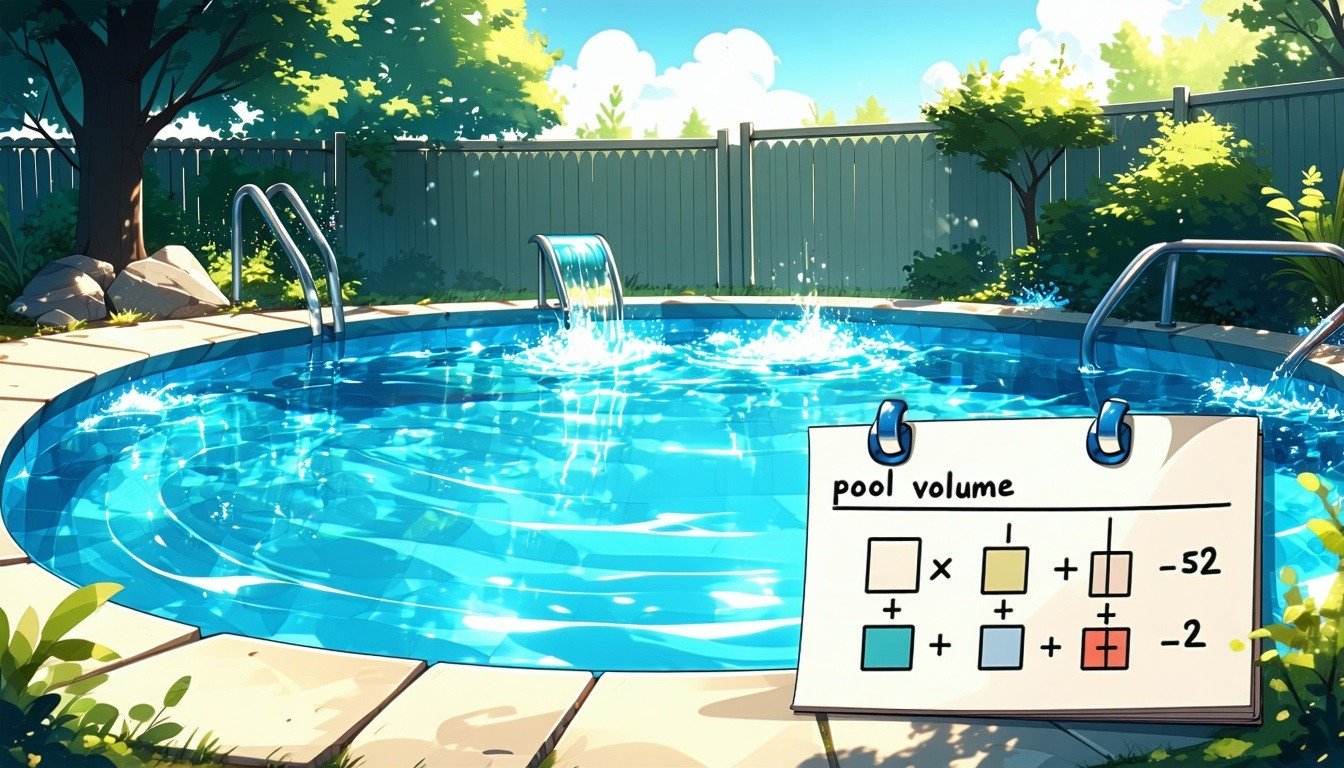
Save money on pool chemicals while keeping your water clean and clear all year.
Absolutely, and it starts with one number: your pool’s volume.
At J Designs Pool & Spa, we’ve helped hundreds of homeowners more accurately balance their water chemistry by teaching them how to calculate their pool’s capacity. This simple step leads to smarter product use, better water quality, and long-term savings.
You can’t treat what you don’t measure. If you’re adding chlorine, pH adjusters, algaecides, or clarifiers without knowing exactly how much water is in your pool, you’re most likely:
Overdosing, which wastes money and risks damage to surfaces
Underdosing, which opens the door to algae, cloudiness, and safety issues
Pool volume errors of just 10% can throw off your chemical levels for a week. That’s why volume accuracy is the foundation of pool chemistry and a must for reducing your chemical costs.
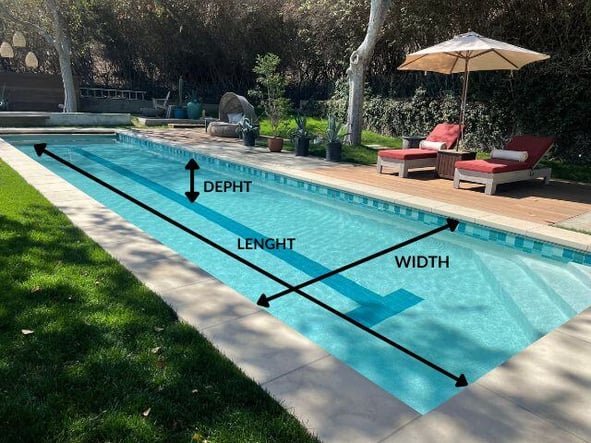

Here are the basic formulas based on pool shape:
Length × Width × Average Depth × 7.5 = Gallons
To calculate average depth:(Shallow end + Deep end) ÷ 2
π × Radius² × Average Depth × 7.5 = Gallons
(Use π ≈ 3.14)
Length × Width × Average Depth × 5.9 = Gallons
Break the pool into sections (like rectangles or ovals), calculate each volume, and add them together.
Pro Tip: For accurate measuring, insert a pool pole into the deep end; it measures 8' and extends to 16'. Then, remove it from the water and use a tape measure to measure the wet side of the pole. -You can use the tape alone when you have a diving board, as shown in the picture.
Some apps, like the Orenda Pool Volume Estimator, simplify math.
Once you know your pool’s gallon capacity, you can:.jpg?width=217&height=289&name=Pollen%20Vertical%20Blog%20Visual%20(3).jpg)
Use exact product doses based on label instructions
Avoid guesswork and overcorrection
Catch imbalances earlier, saving time and money on recovery
Most clients see 10–15% savings on chemicals once they start dosing based on volume instead of rough estimates.
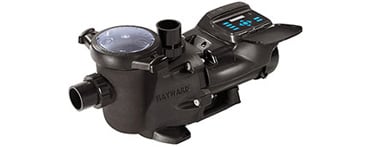
It’s about how much product you add and how well it circulates.
A pool pump should turn over all the water at least once daily.
Here's a general rule: Gallons ÷ Flow Rate (GPM) = Hours pump should run daily
For example, if your pool has 20,000 gallons and your pump flows at 50 gallons per minute (GPM):
20,000 ÷ 50 = 400 minutes = 6.7 hours
Pro Tip: Run the pump longer during the summer or heavy use. You can reduce it slightly during winter, but always ensure full circulation for even chemical distribution.

Clearer water year-round
More accurate testing & adjustments
Lower chlorine & pH chemical costs
Less equipment strain due to balanced chemistry
Confidence to manage your pool between professional visits
At J Designs, we believe in empowering homeowners with the knowledge and tools to extend the life of their pools and reduce unnecessary costs. Start with volume to reduce chemical use without compromising water quality. Understanding how much water is in your pool helps you:
Dose products properly - Run your equipment efficiently - Keep your pool crystal-clear and safe
Use only high-purity products - Base all doses on actual gallons, not estimates
Test the water weekly, especially after rain or heavy use
Brush the pool after adding chemicals or salt - Adjust pH regularly, high pH = scale and chemical waste
Need help calculating or checking your pool volume? We’re here to help.
Contact us today for a consultation, and let’s get your water dialed in, brighter, cleaner, and more cost-effective.
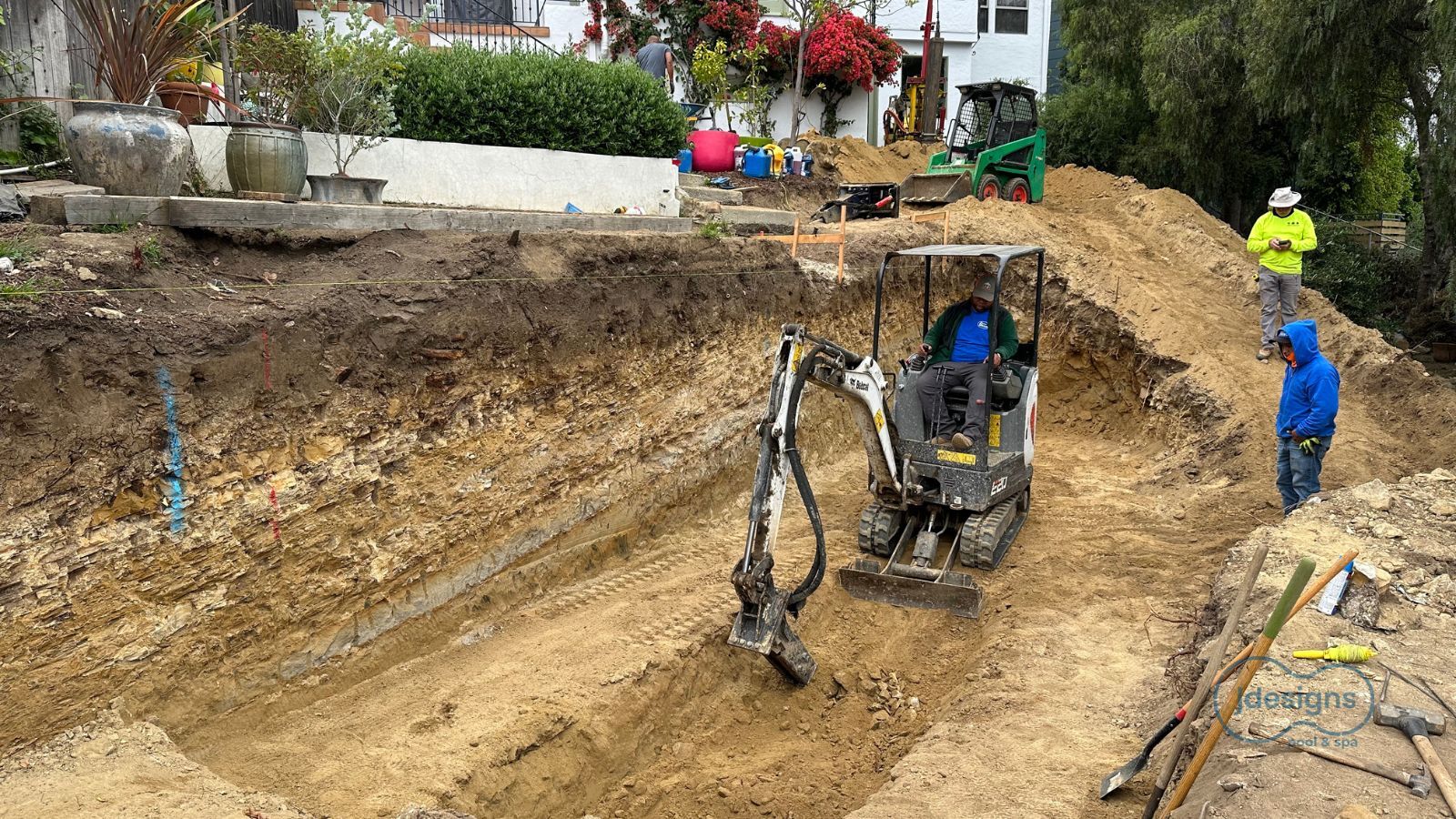
The Hidden Soil Risks That Can Destroy Your Pool and Budget Why a Proper Soils Exploration Is Critical Before Building a Pool: A homeowner’s guide to...
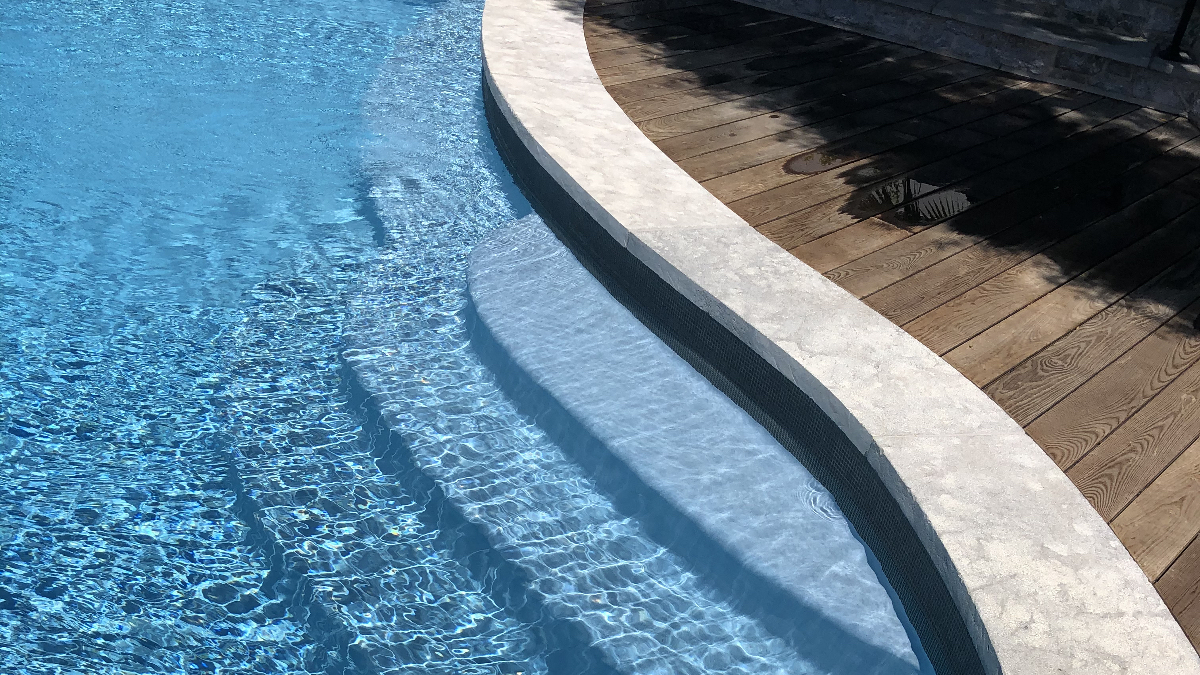
Why Pool Coping Fails - How to Avoid Expensive Repairs If you’re planning a new pool or renovating an older one, it’s completely normal to feel...

Have you ever wondered why your pool company talks about “certified technicians”? Or why does Los Angeles County require strict training and testing...